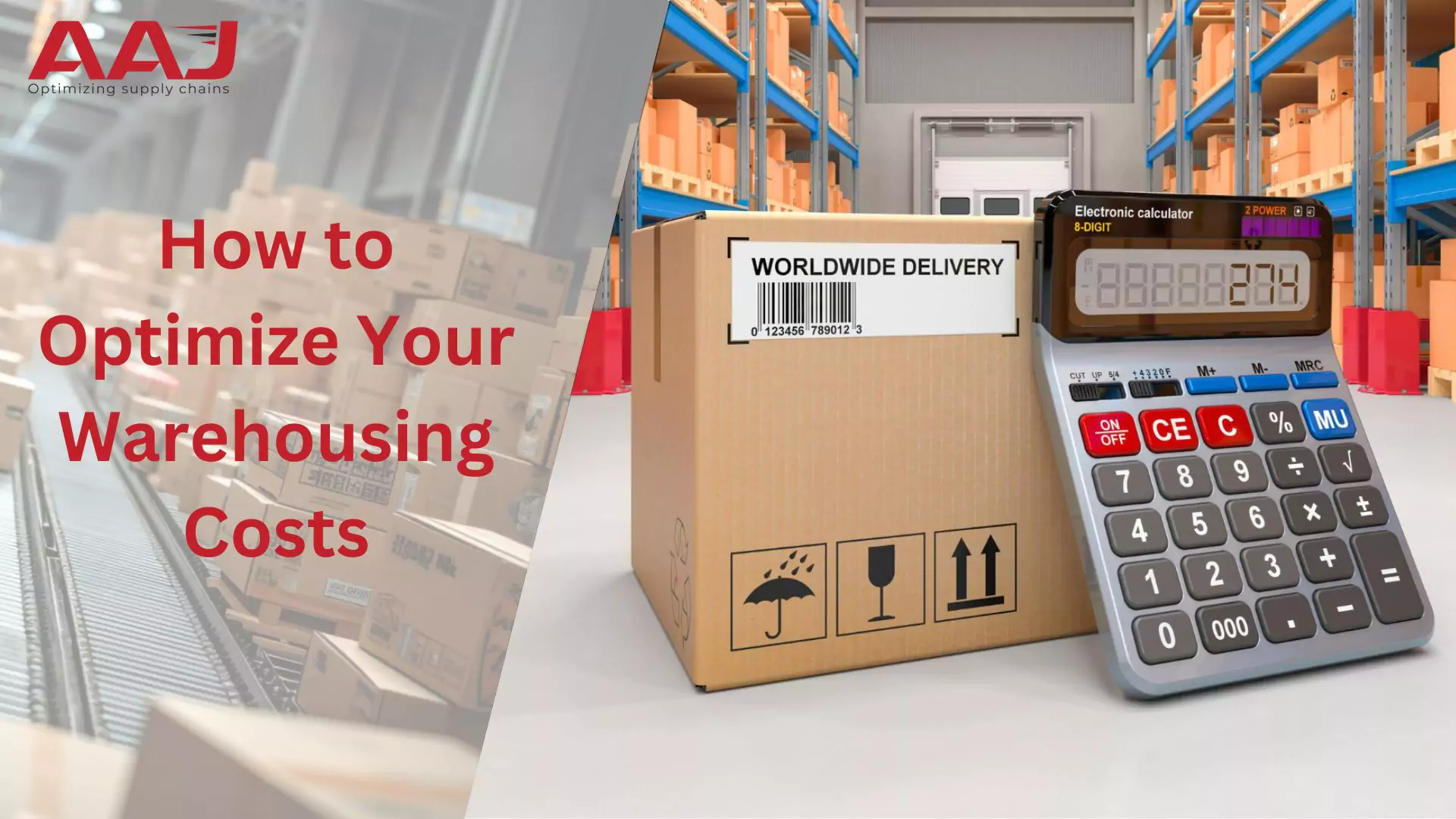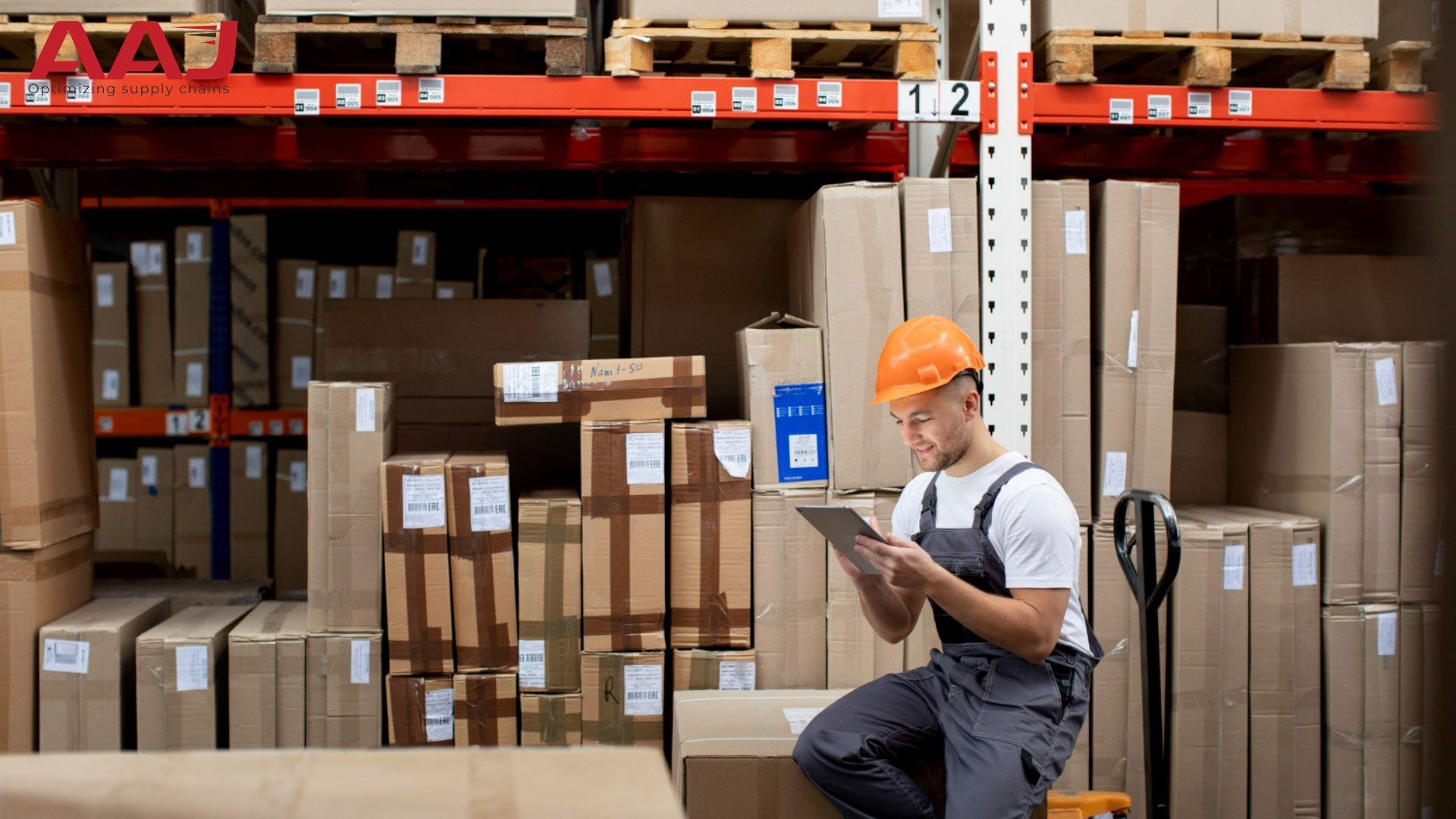The digital revolution has become immense in recent years and has touched every strata and section of society. With more and more businesses going online every day, warehousing solutions need to keep pace with this fast digital age.
A very recent and innovative technological addition to the range of wireless devices is the RFID. It stands for Radio Frequency Identification. An RFID is a small chip that consists of an antenna and is capable of storing about 2,000 bytes of information. These chips are generally emplaced on a sticker that can be affixed to any object. RFID’s can be commonly found in debit cards, employee ID’s and smart locks.
The main benefit of RFID is that the chip can store ample information that can be read from a distance using a RFID scanner.
How are RFID’s useful for Warehouse Management
Automatic Tracking: Since a RFID tag can be automatically picked by the reader from a distance. It allows the inventory to be automatically updated as the boxes/pallets equipped with RFID tags enter or leave the factory.
These tags can automatically communicate with the central inventory management system and update it accordingly. Additionally, each RFID reader can read up to 200 tags at once. Which offers quick tracking of the input and output.
Flexible Placement and Durable Design: RFID tags are generally emplaced on a sticker. These stickers can be applied or removed from any object and offer the freedom to be placed on any point. Since these tags don’t have to come in direct contact with the reader and can be detected from a distance. You don’t have to find a package/pallet in a crammed lot.
Moreover, RFID tags are quite durable and not vulnerable to harsh weather conditions or tampering. These tags can also be encrypted. However that increases the cost associated with them.
Data Storage Capacity: The amount of data that can be stored on a RFID tag is far more compared to a barcode label. A tag can store upto 2,000 bytes of data which is about a 100 times more than a barcode. This allows you to store more information about the product/package which eventually helps with better tracking of the inventory.
Reduction in labour costs and error: Since RFID tags are self-registering, it largely eliminates labour costs that would’ve been involved in individually scanning each package. You don’t have to dedicate a workforce for tracking individual packages and registering their info in the central management system.
Additionally, this also eliminates the chances of any human errors. Such as skipping or misreading barcodes.
Although conventional methods like barcodes are way more cheaper than RFID’s. The latter is a long term solution that will substantially reduce the overall operational costs while improving the efficiency of your warehouse logistics by ten folds.



